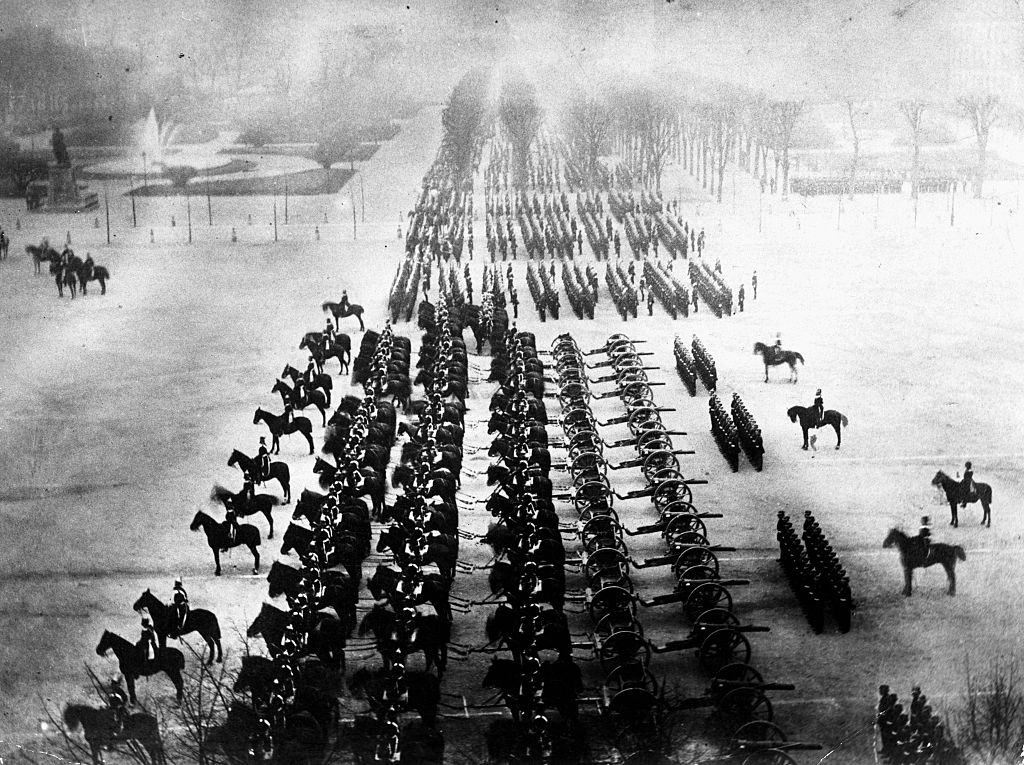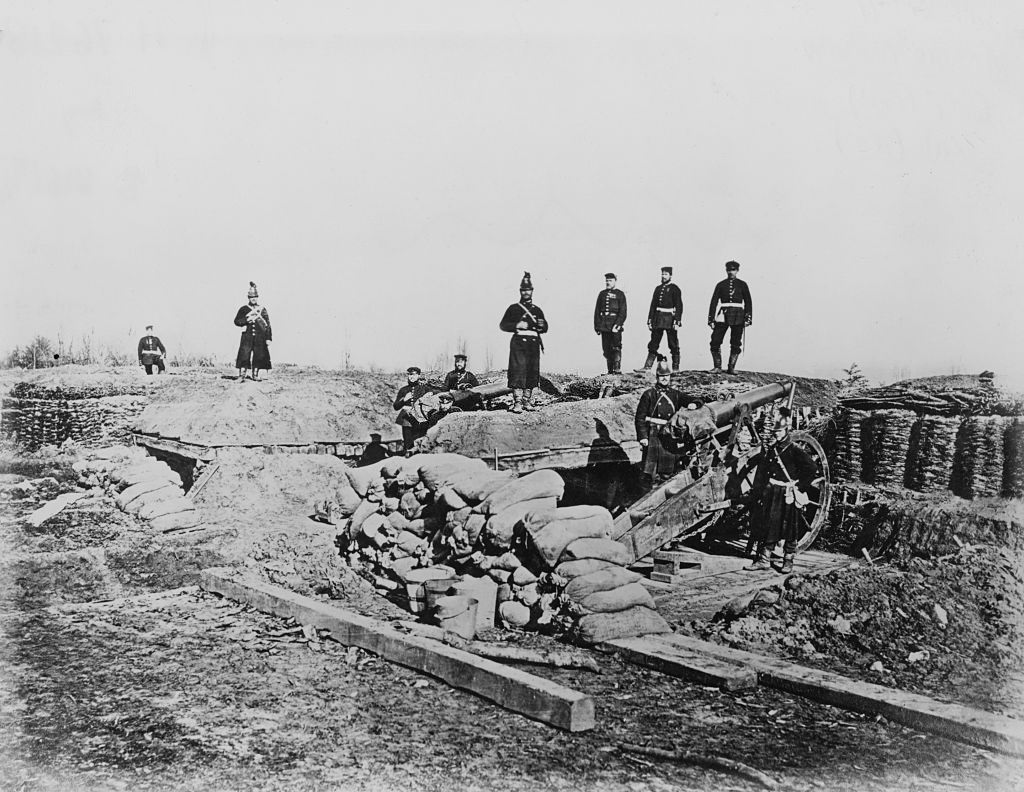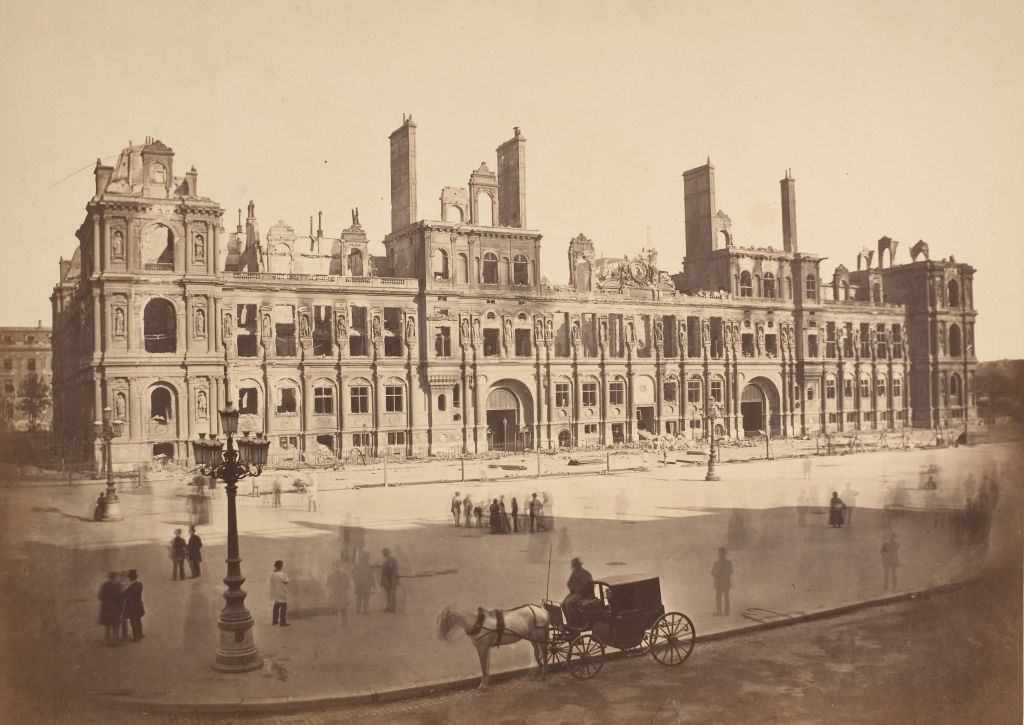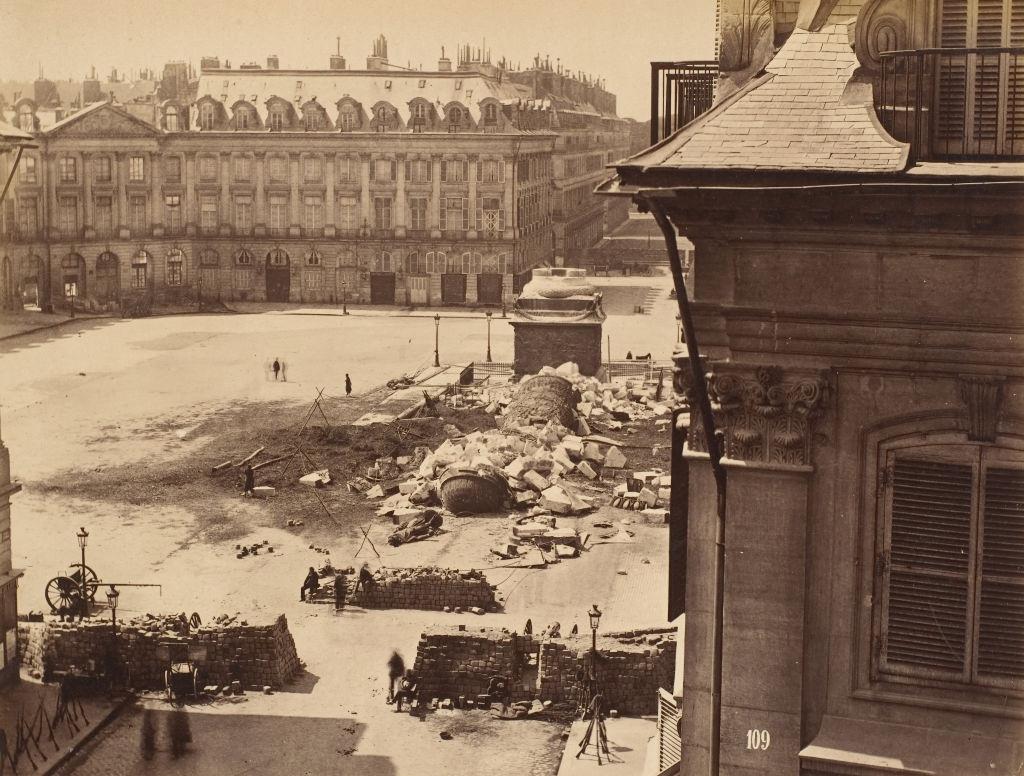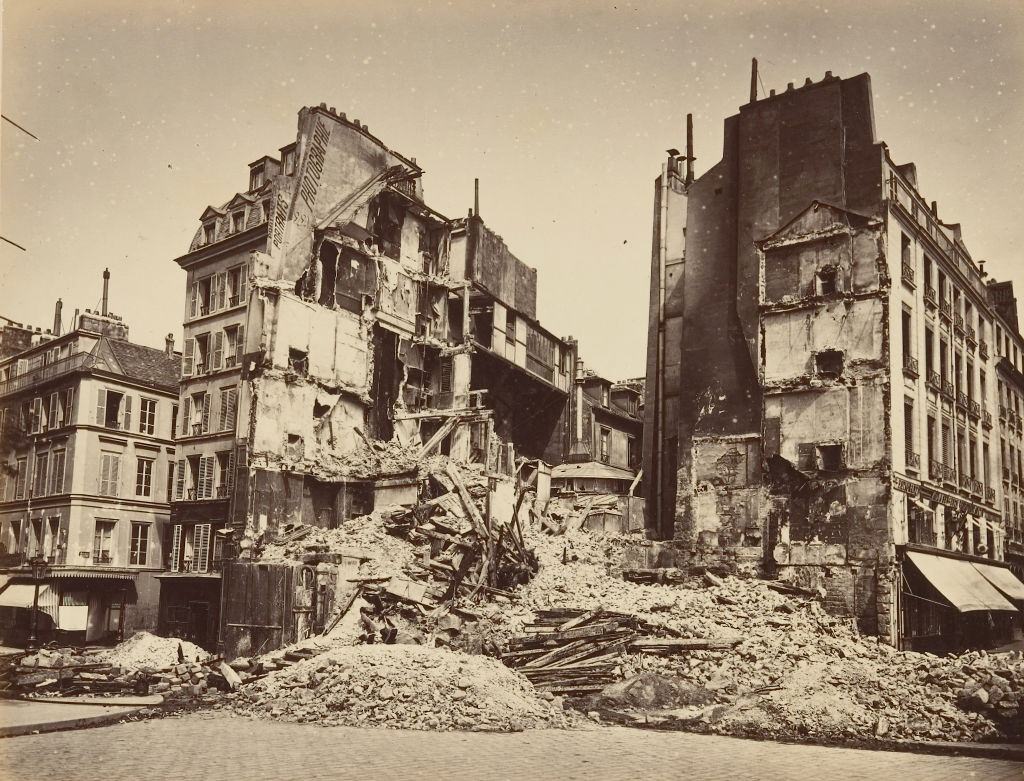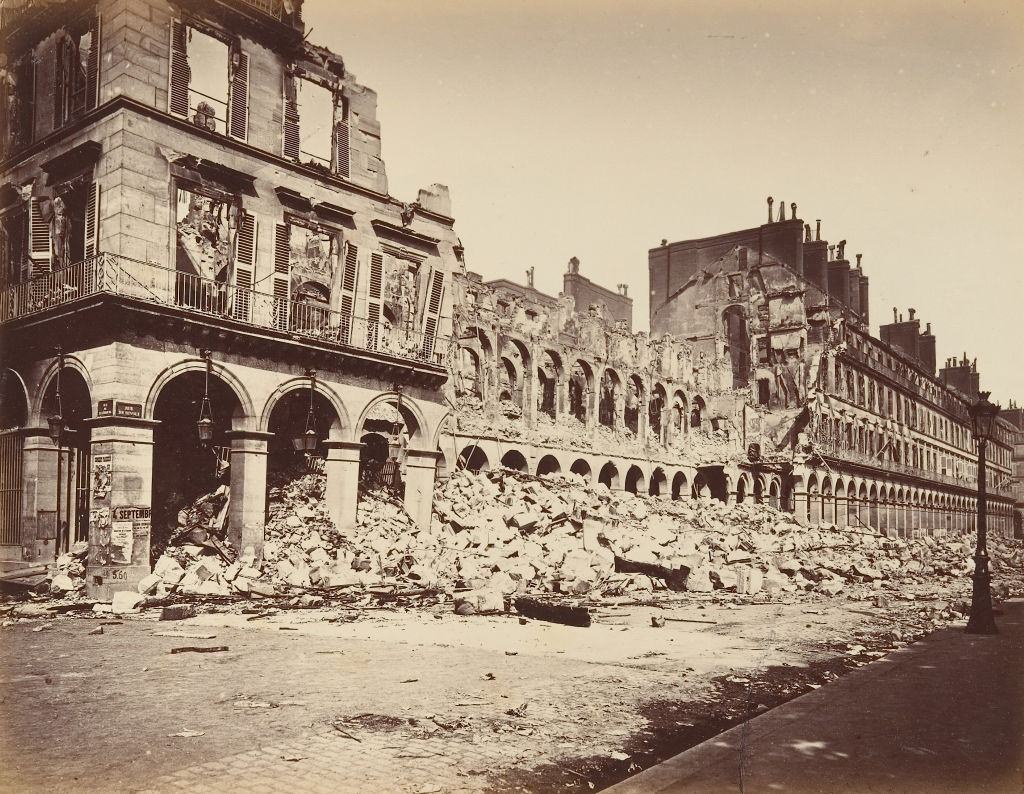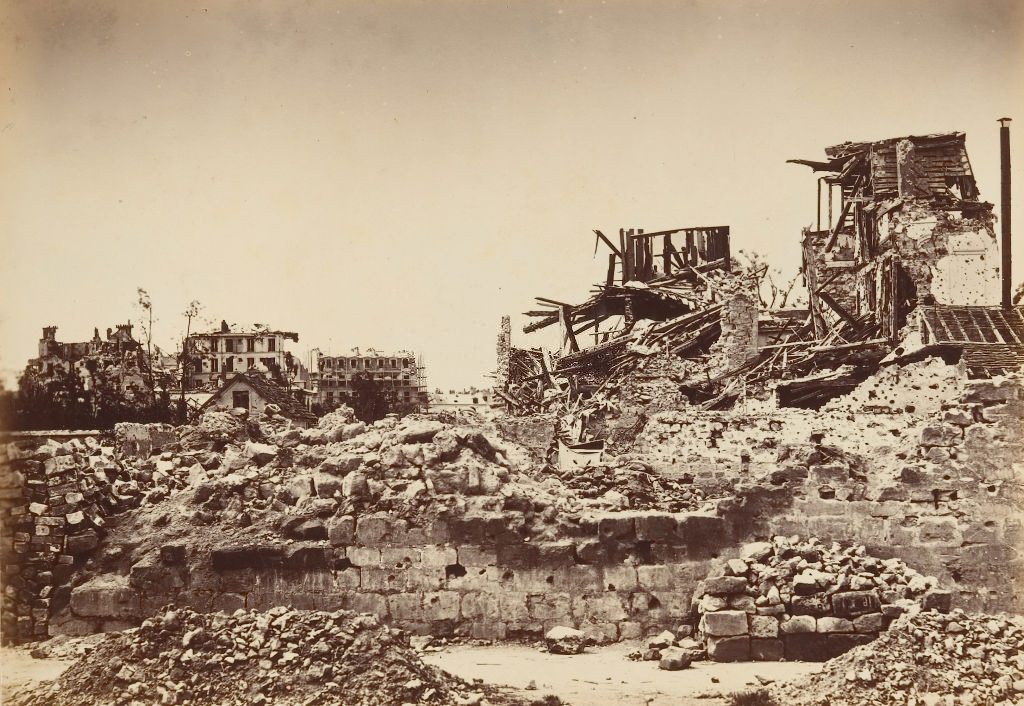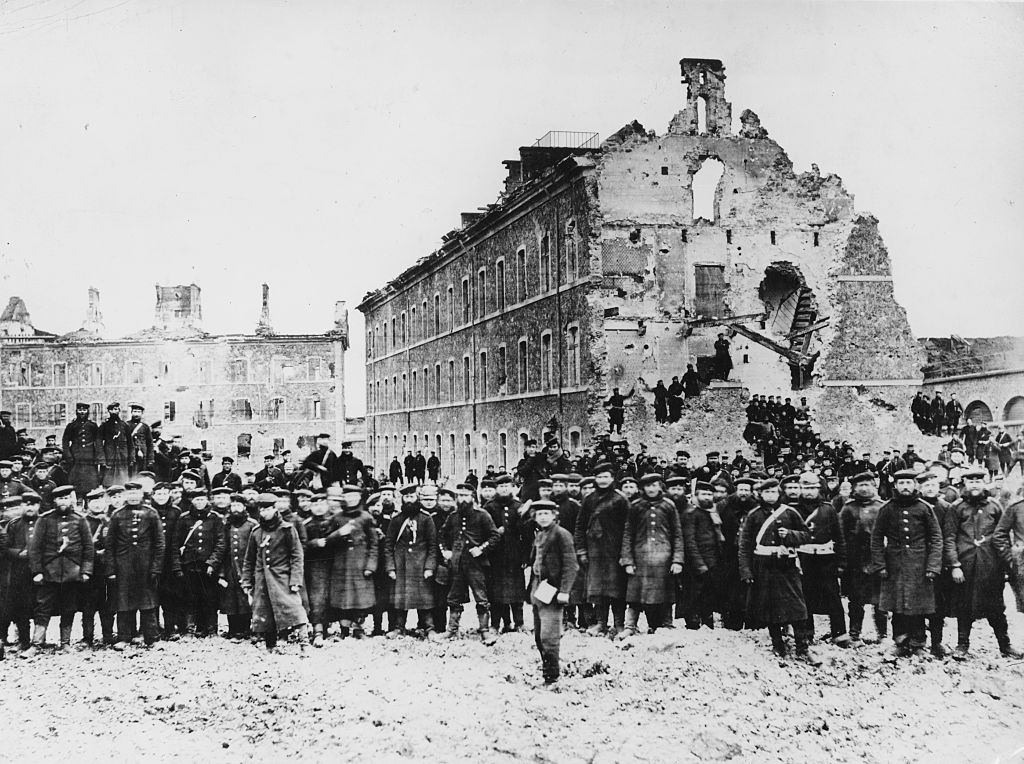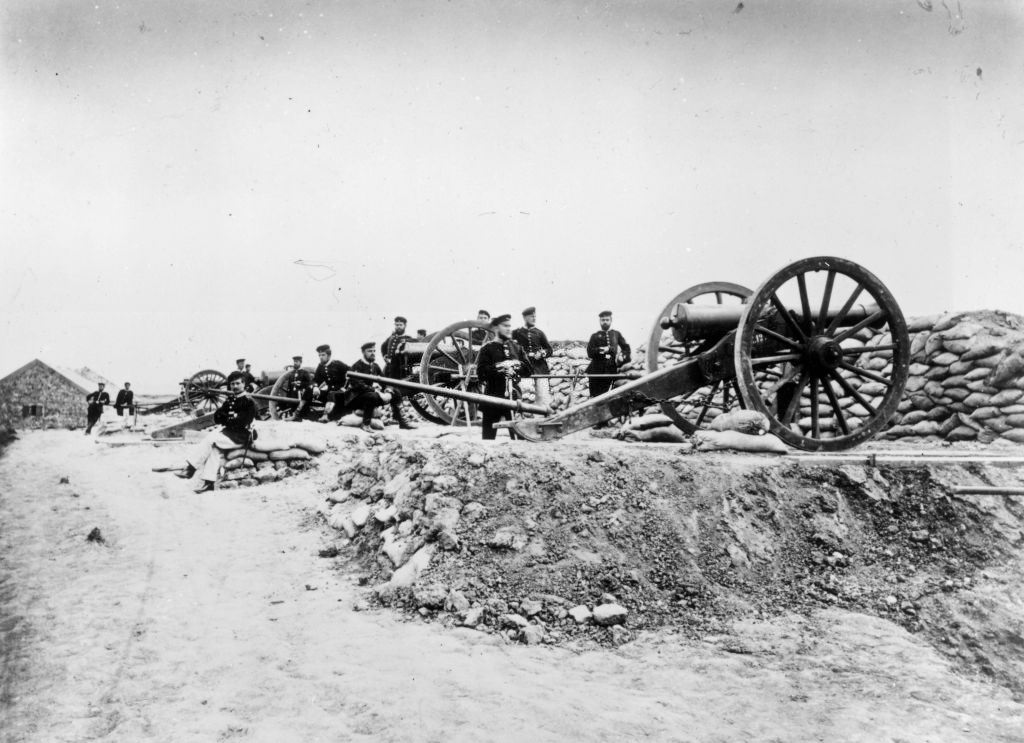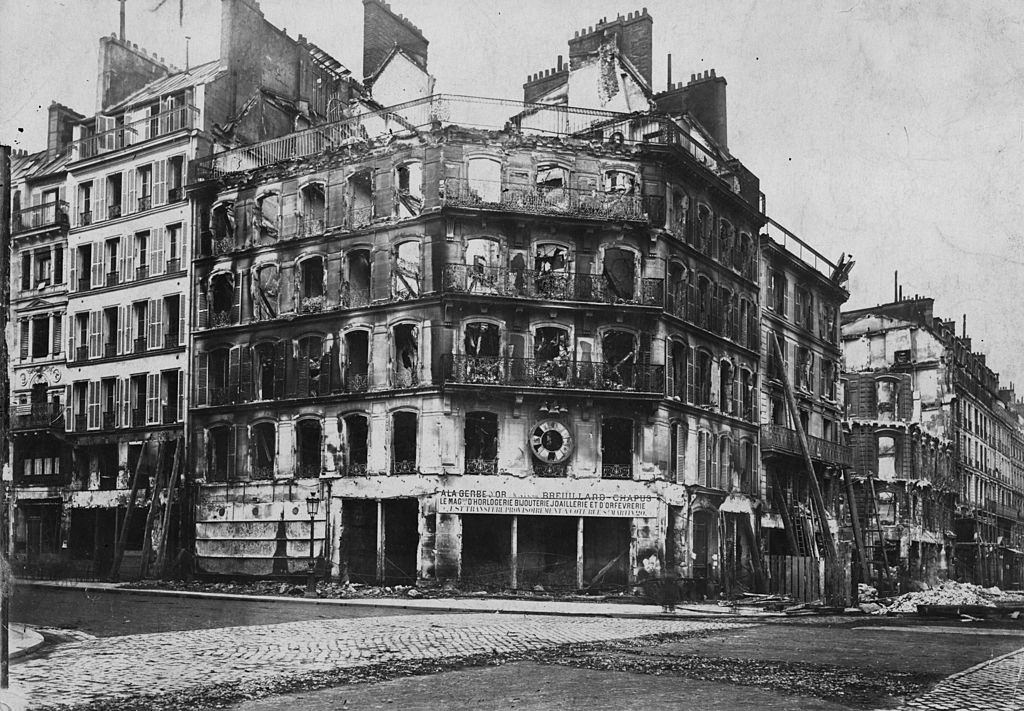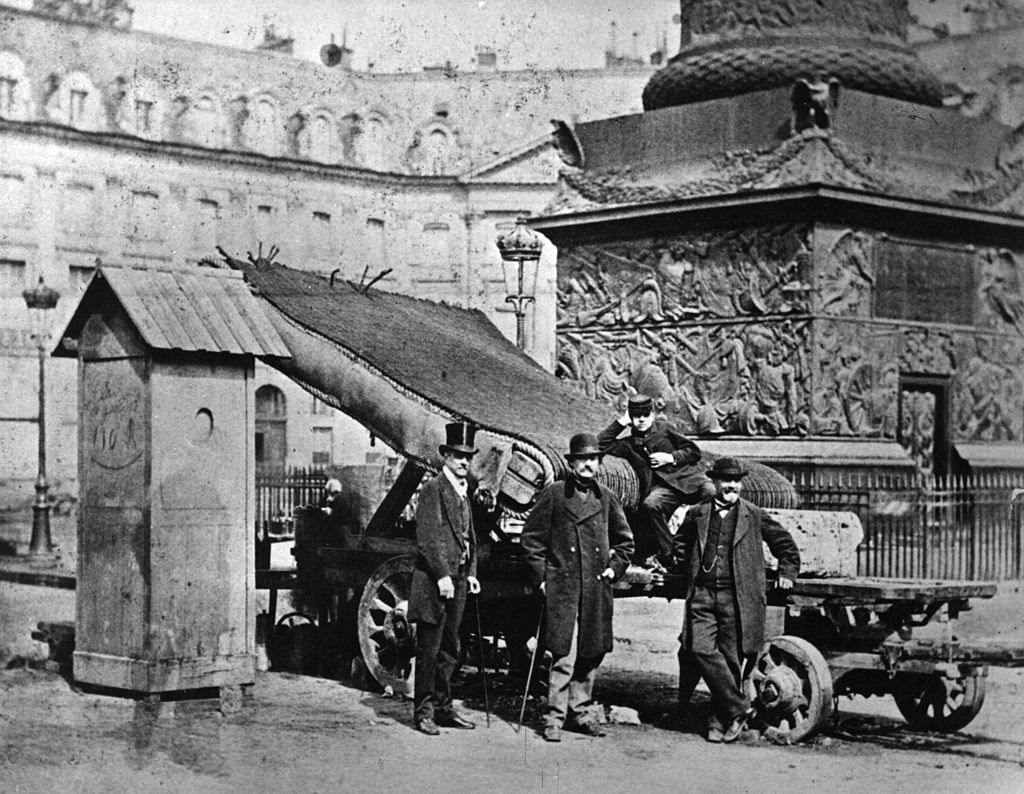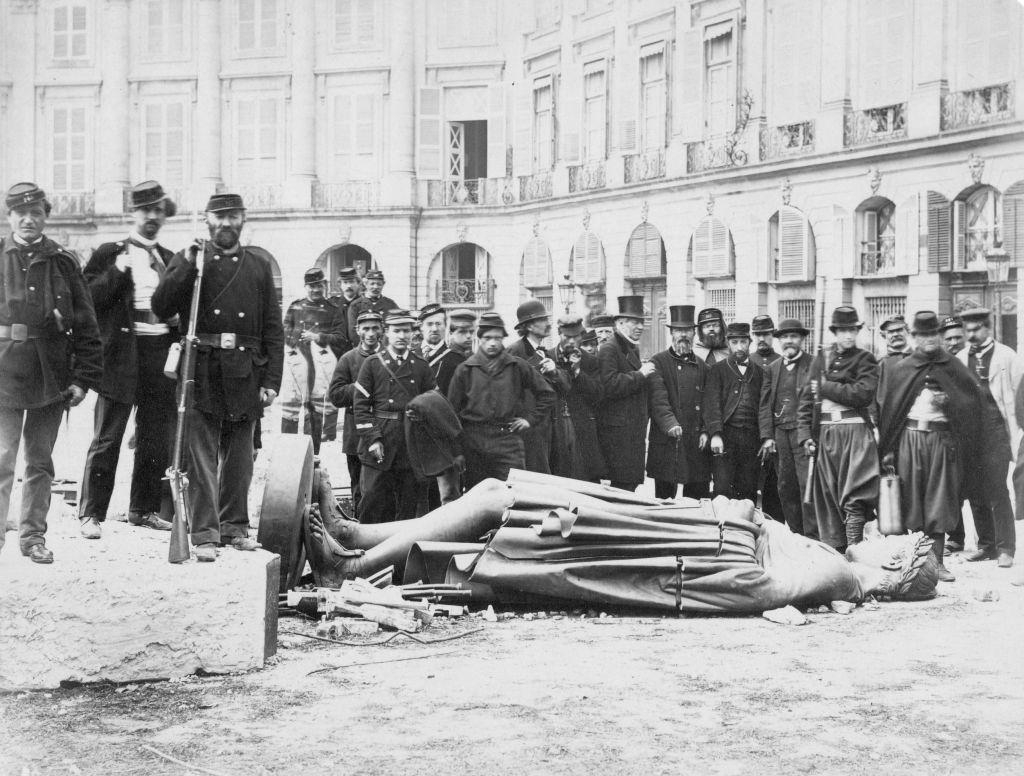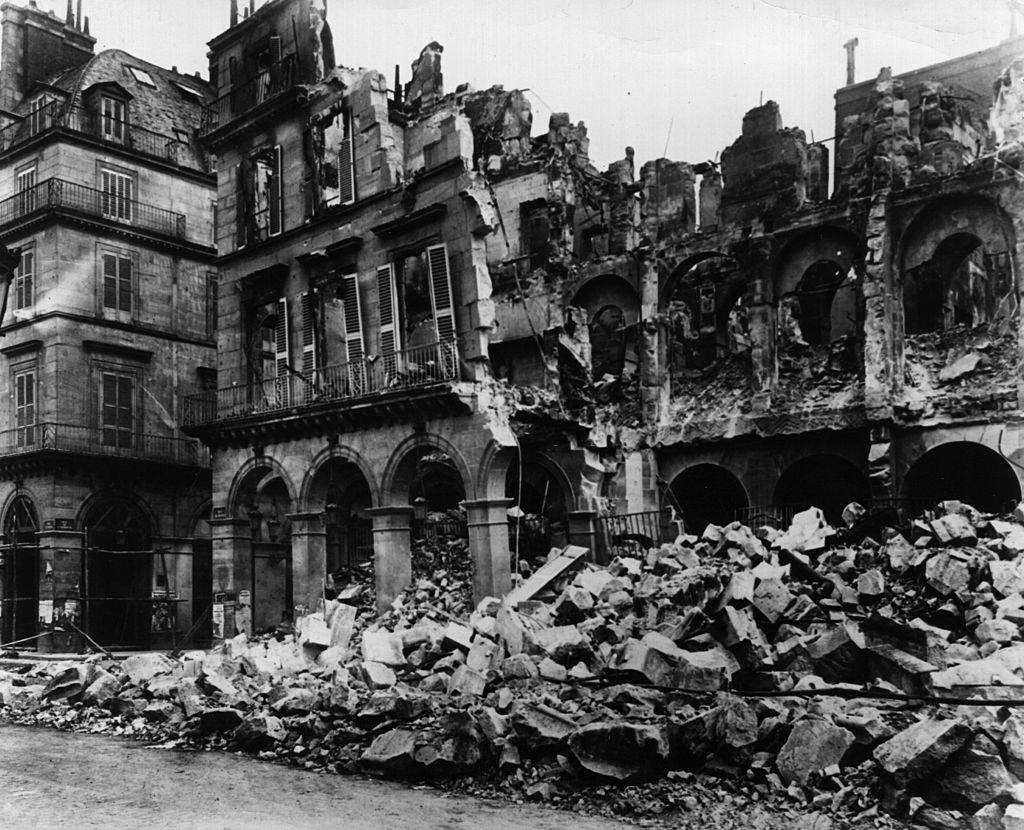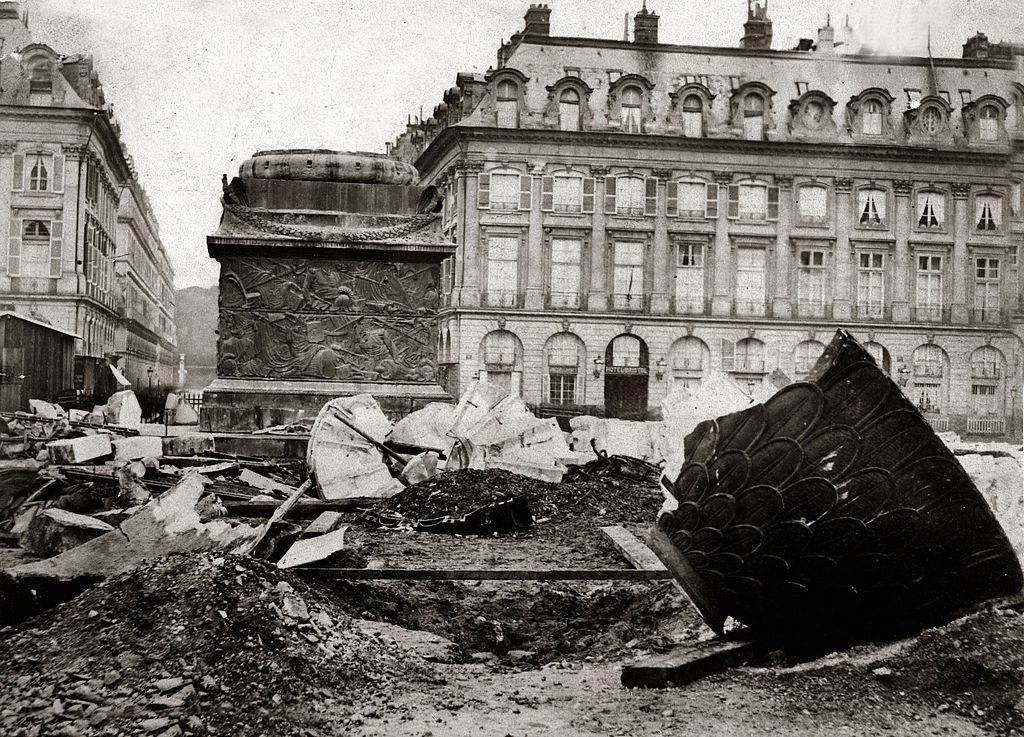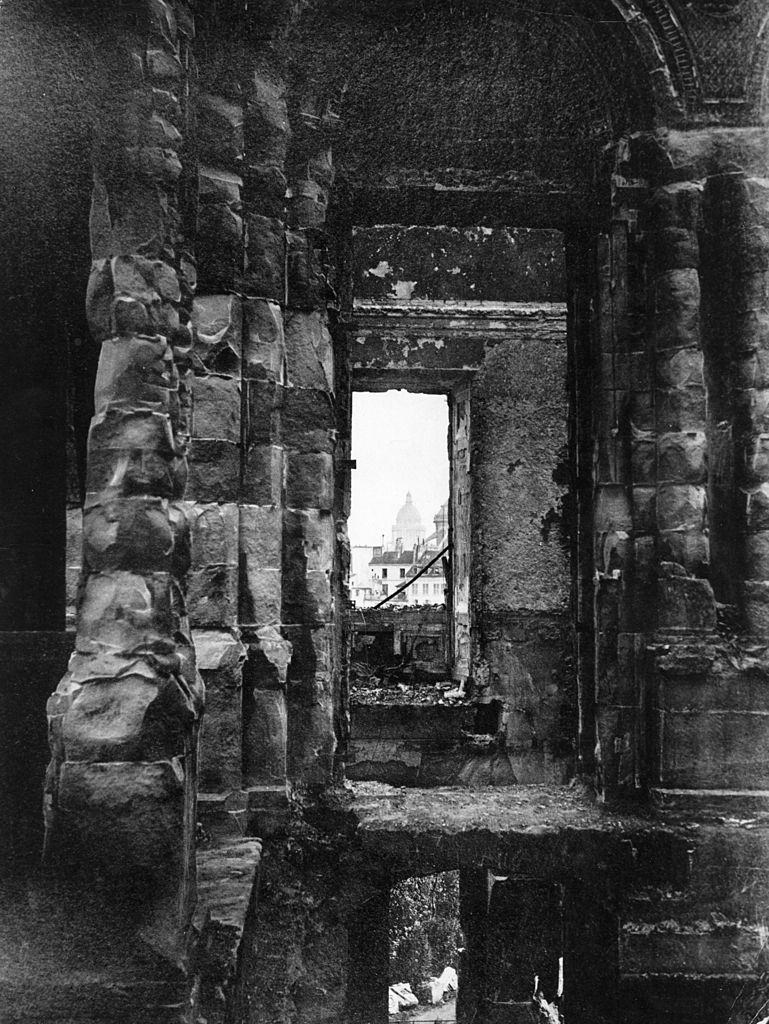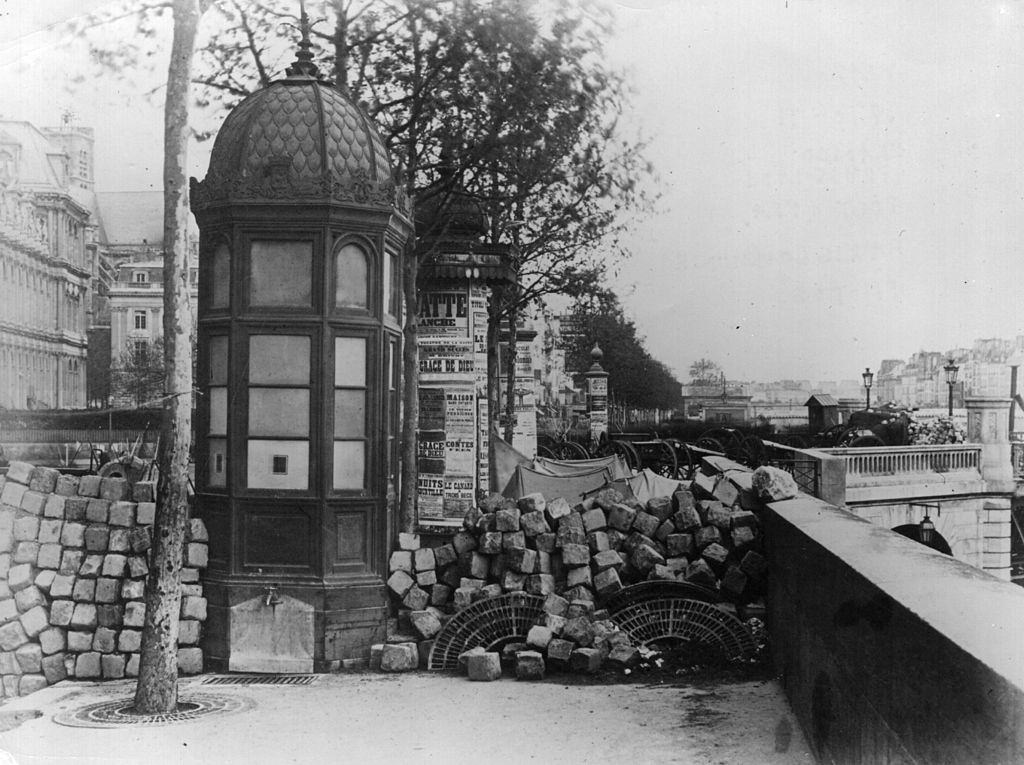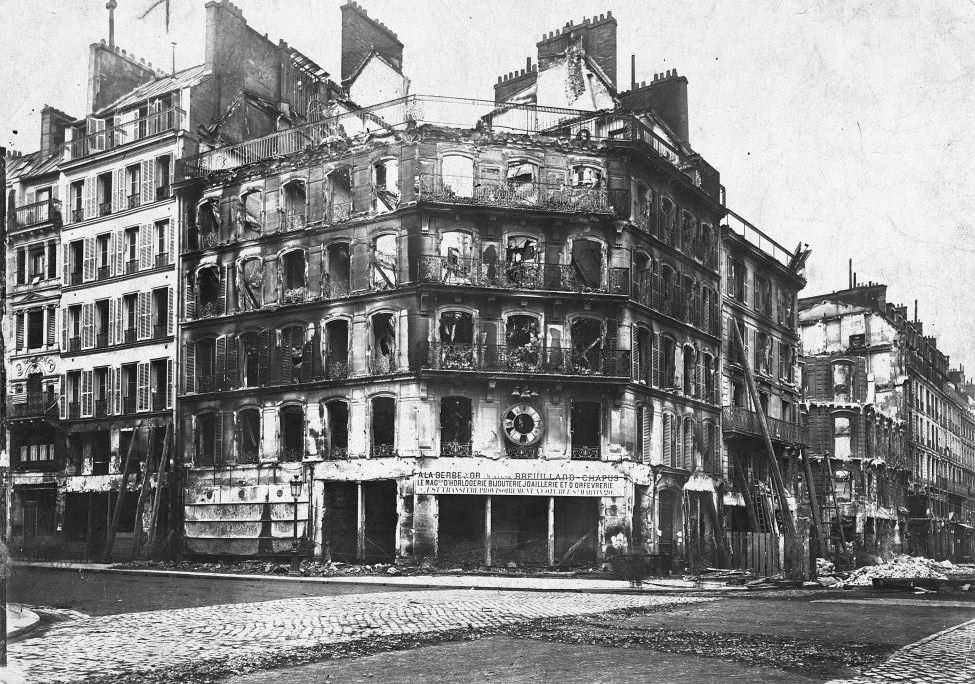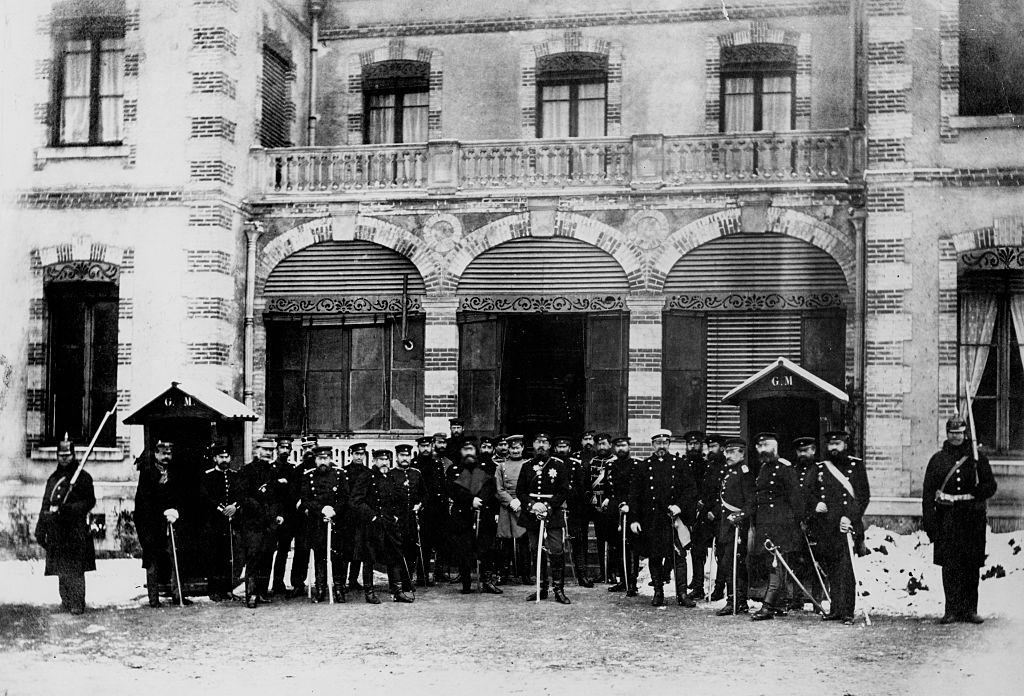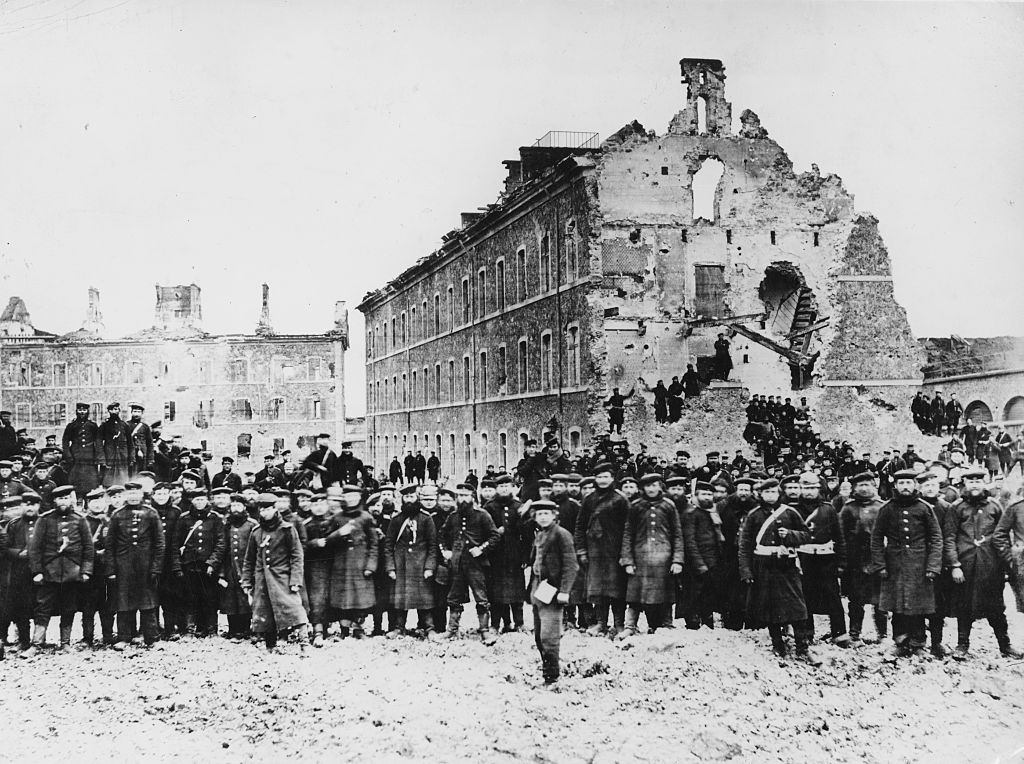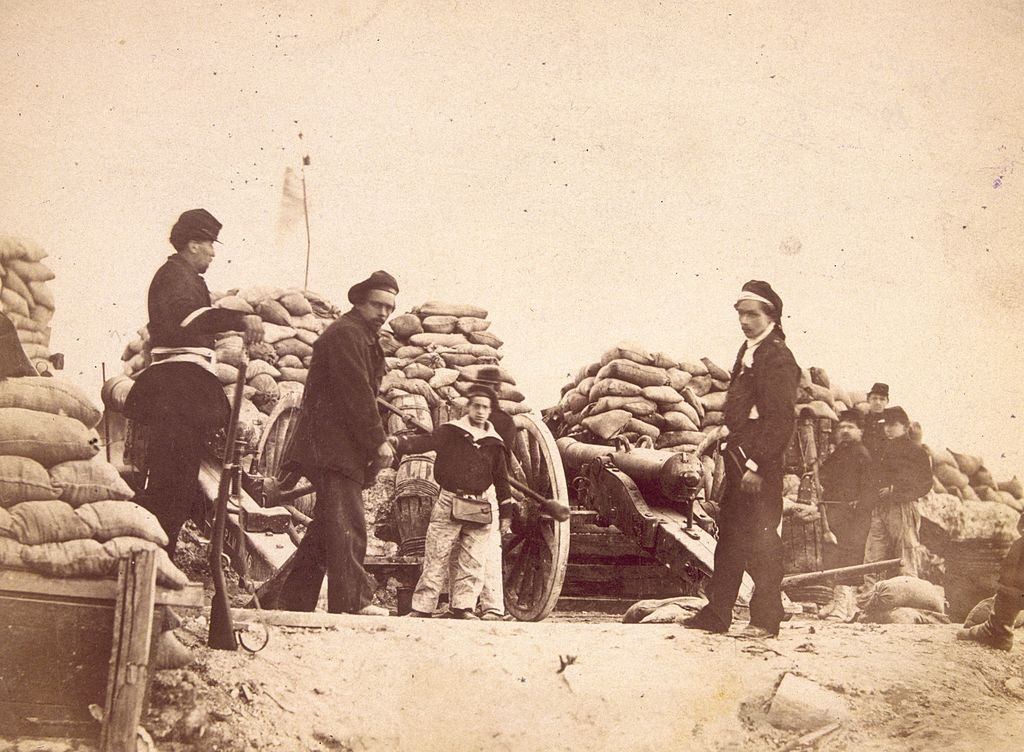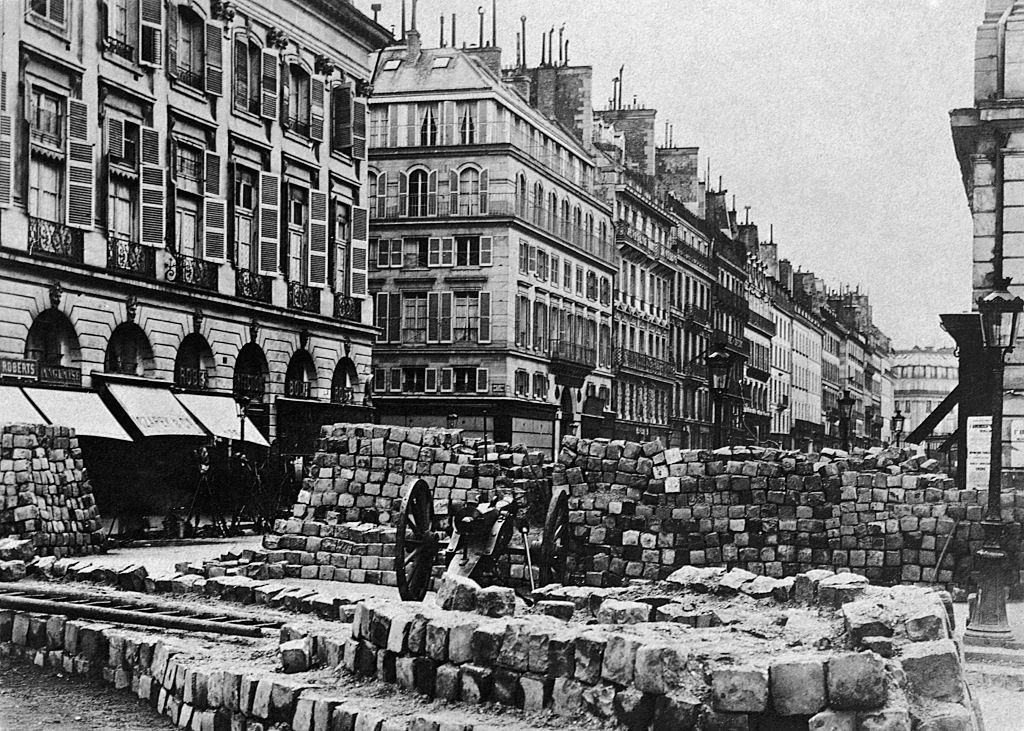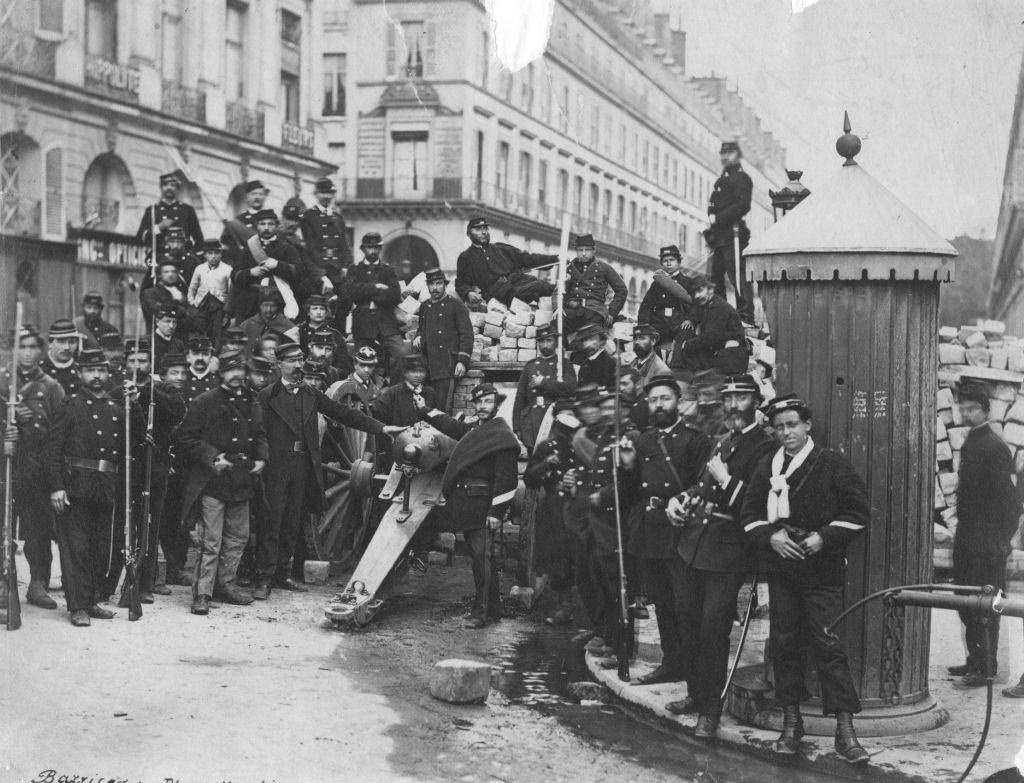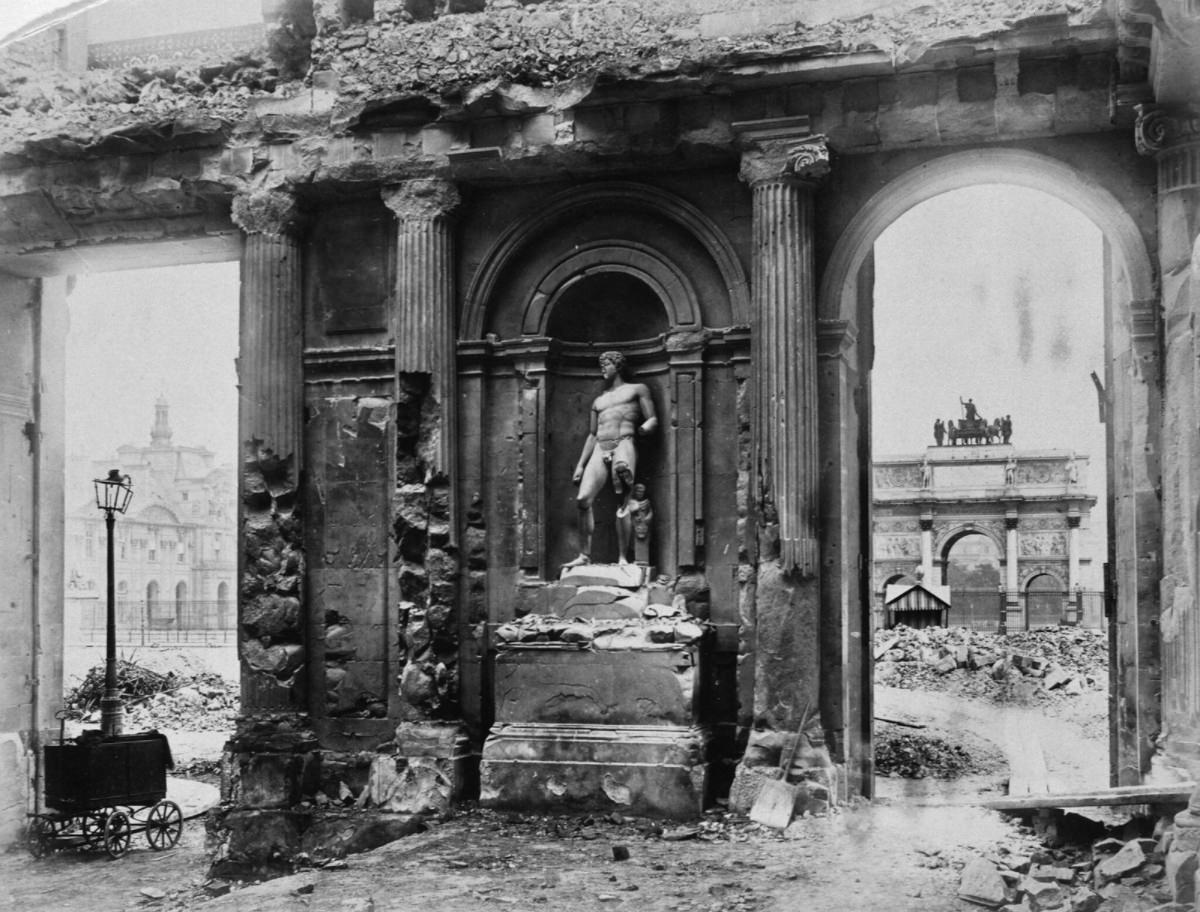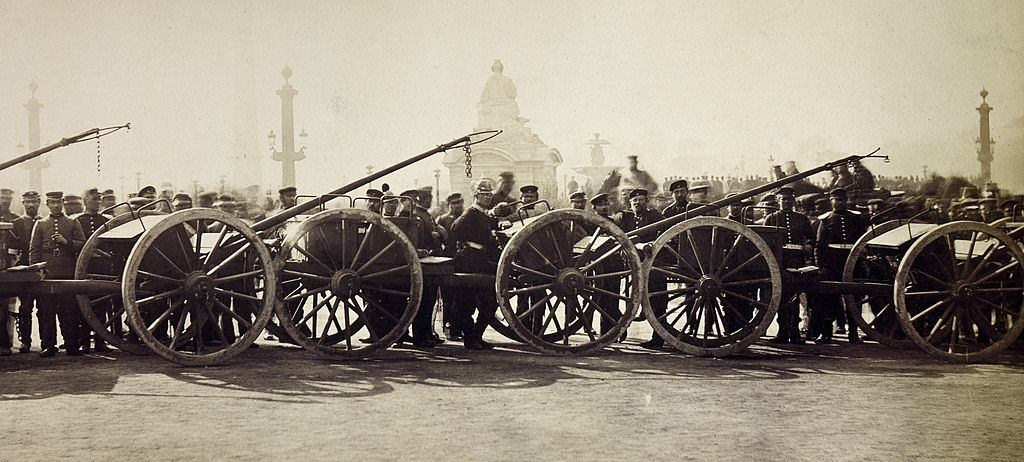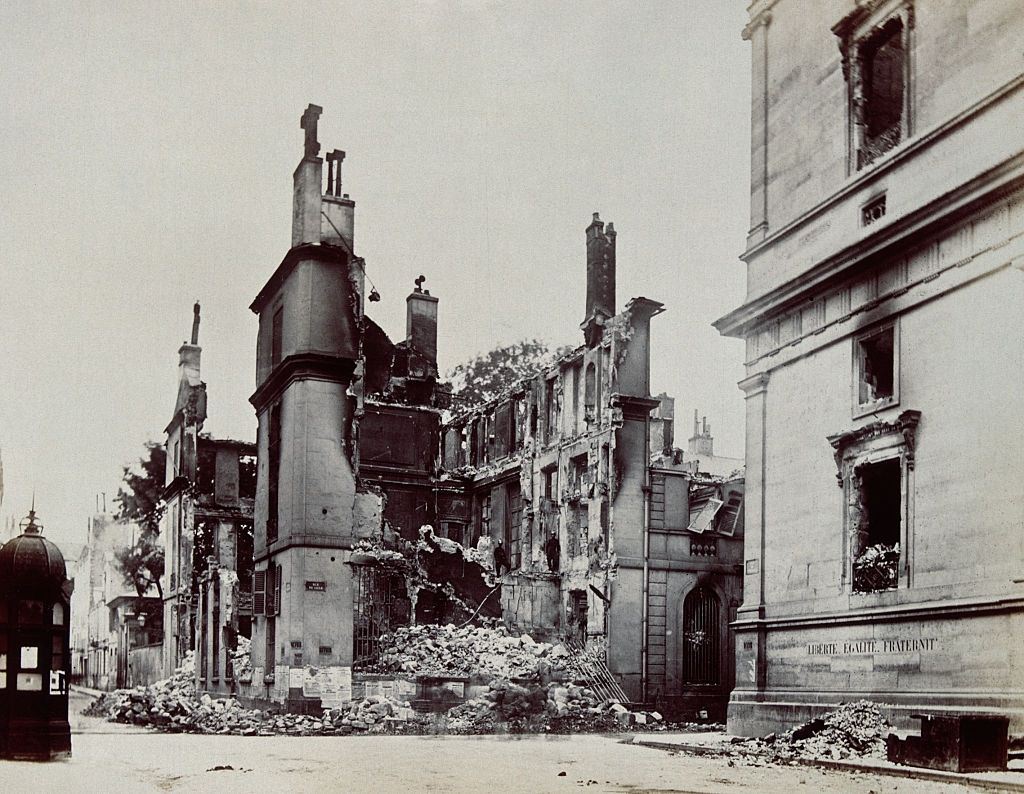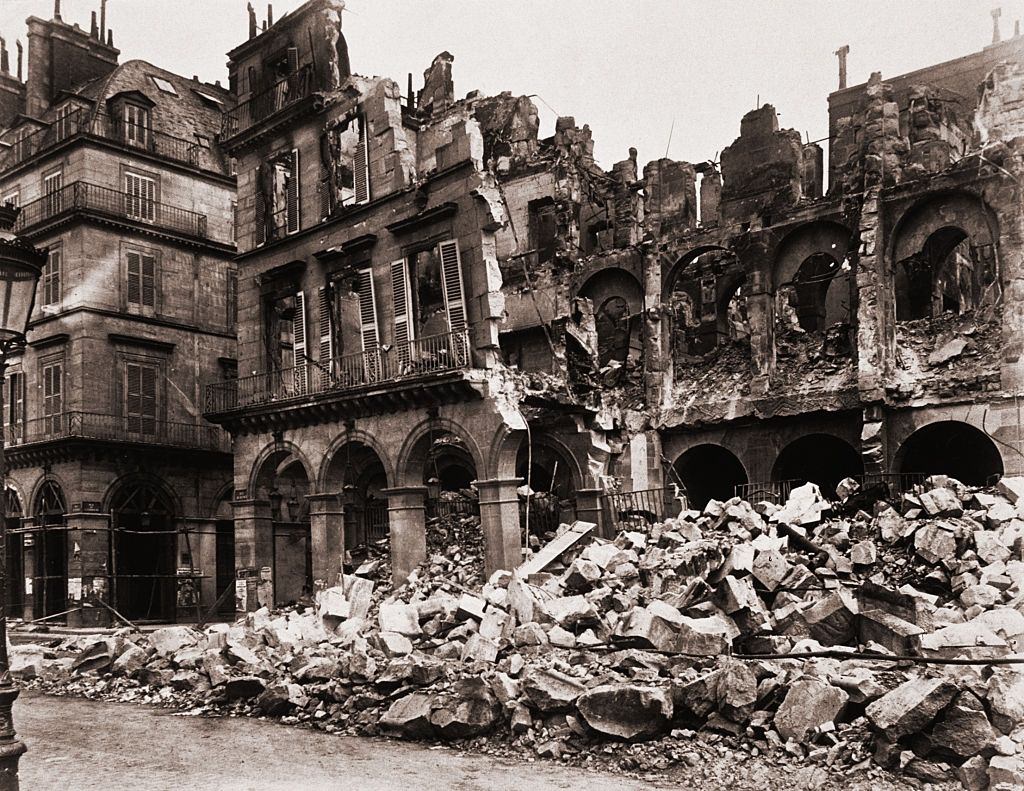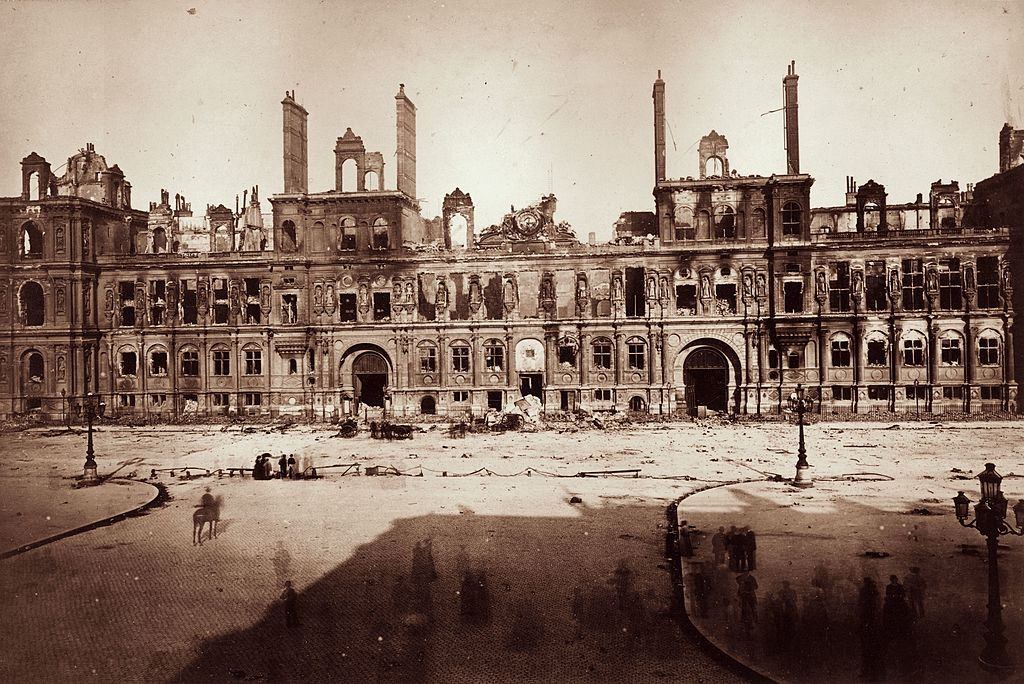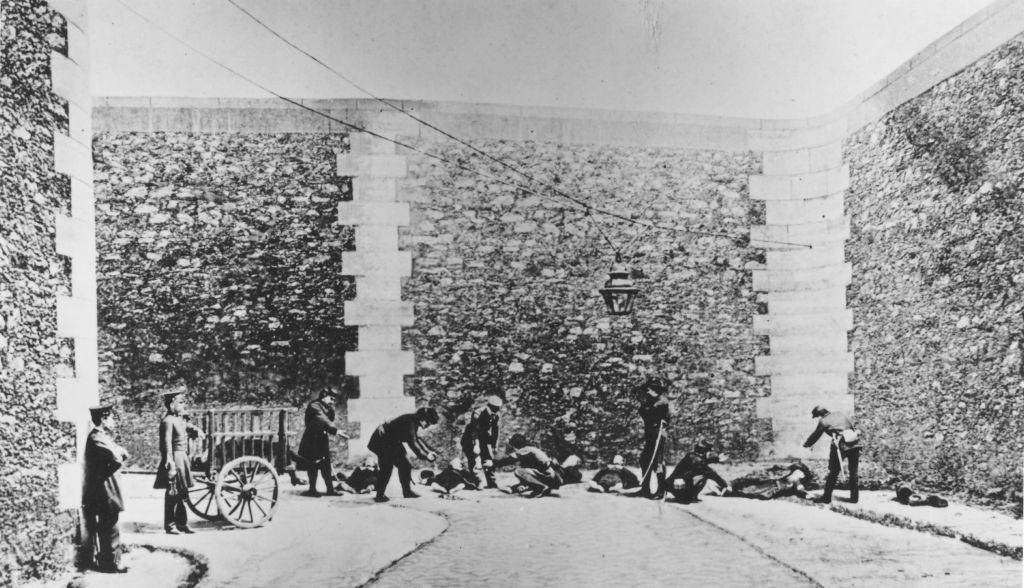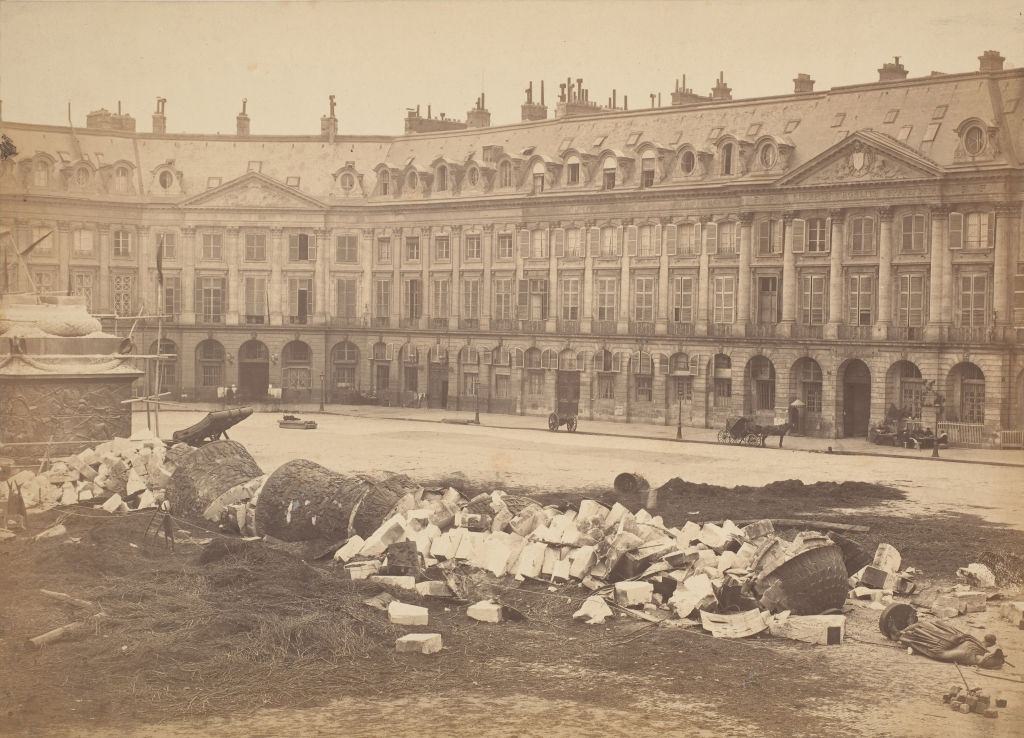The Franco-Prussian War was a conflict between the Second French Empire (later the Third French Republic) and the North German Confederation led by the Kingdom of Prussia. The conflict is also called Franco-German War in history. France’s goal to regain its dominance over continental Europe sparked the conflict.
Origins of the Conflict
The defeat of Austria in the Seven Weeks’ War in 1866 confirmed Prussia’s leadership over the German states and threatened France’s position as Europe’s dominant power. However, a primary cause of the Franco-German War was the election of Prince Leopold of Hohenzollern-Sigmaringen (related to Prussian royalty) to the Spanish throne, which had been left vacant when Queen Isabella II was executed in 1868. Both Bismarck and Prim successfully persuaded Leopold to accept the Spanish throne as King in June 1870. A potential alliance between Prussia and Spain greatly alarmed France, who felt threatened. After France’s ambassador demanded that Prussian King William I promise not to allow Leopold to be a candidate for the Spanish throne again, Leopold withdrew his candidacy. Bismarck edited William’s telegraphed description of the interview, and on July 14, he published a provocative letter (the Ems telegram). He achieved his purpose of inflaming France and prompting it to declare war.
Deceleration of the War
Napoleon III declared war on Prussia on July 19, 1870, because his advisers told him they could defeat the German army and that such a victory would restore his declining popularity in France. French generals believed that reorganizing their militaries in 1866 made their army superior to the Germans’. For Bismarck, the war with France was an opportunity to unite the North German Confederation with the south German states and build a strong German Empire.
Napoleon III was captured by the Germans during the decisive battle of Sedan, fought around the town in northern France. The news of the emperor’s capture sparked an explosion in Paris; the legislative assembly was dissolved, and France was declared a republic. By the end of September, the Germans had taken Strasbourg and surrounded France’s capital city, which they then bombarded mercilessly for several months. The French government was forced to open negotiations for surrender on January 19, 1871. Germany was unified one day earlier than France, if humiliated the French, when Wilhelm I of Prussia have crowned emperor of the new German state, in the sumptuous Hall of Mirrors, at the Palace of Versailles, in Paris.
Treaty of Frankfurt
Germans gained control of Alsace (excluding Belfort) and Lorraine under the final treaty signed at Frankfurt am Main on May 10, 1871. France had to pay an indemnity of five billion francs as well. In September 1873, the German troops left France after the debt was fully settled. As a result of the Franco-Prussian War and the subsequent German occupation, the French began to feel more and more at odds with Germany, which was technologically and industrially advanced and had built the most powerful land armies on the continent at the beginning of the 20th century. After 12 months of rivalry and rivalry, this rivalry would culminate in the world’s most devastating conflict in 1914, as France, the Allies, and Germany faced off against Germany and the Central Powers.
Below are some rare historical photos that depict the destruction caused by the Franco-Prussian war in Paris.


